A. Hidden Roots
B. Joseph Bruchac
C. n/a
D. Scholastic Inc., 2004
E. novel, realistic fiction
F. 3-5
G. Hidden Roots begins by telling of a young boy named Sonny who lives with his father and mother. His father is a very angry man and often beats Sonny and his mother. However, Sonny spends a lot of time with a man whom he calls Uncle Louis. Uncle Louis teaches Sonny many things about nature but Sonny must keep these things from his father who does not like Sonny spending so much time with Uncle Louis. One day, Sonny and his mother return home from spending time with Uncle Louis to find that Sonny's father is already home. He goes to strike Sonny's mother but Uncle Louis holds his wrist and prevents him from doing so. Not long after, Sonny's father loses two fingers to a machine at the mill saving a new hire from being killed by the machine. He views this as a punishment for hitting his wife and son so much. From then on, he is not so violent. Once Sonny's father is better, Uncle Louis tells Sonny that he is his grandfather and that they are all part of the Abenaki Indian tribe.
H. This novel is a great story of accepting your roots and being proud of who you are and where you came from. The change in Sonny's father, Jake, is the most remarkable. He goes from a very angry man denying his heritage, to a hero who no longer beats his family and who will no longer deny his roots. It's was sad to see that someone would deny their Native American heritage and be so bitter about their inability to be a hero. Jake could not help that he was injured right before going off to war yet he carried that around as a heavy burden and he passed his bitterness off to others in the form of punches. However, after having witnessed so much of his bitterness, I was surprised to find that he would endanger himself to save the life of someone whom he had never even met.
I think that Sonny is a character that many students can easily relate to. He's at that age where he is beginning to try to figure out who he is and where he comes from. His dilemma is the same as every child who started to cross the bridge from child to adult. It's a very hard time in everyone's life and I think it's great that this book embraces that problem and deals with it very openly. Also, many students come from abusive homes and while I doubt that many abusive parents will have the same sort of epiphany that Jake has, it is nice to give students a little bit of hope that things won't always be so bleak. This book also provides one explanation (but certainly no excuse) for why parents might beat their spouses and/or children. Overall, I think this book is a great read for students of many different ages. It brings to light many issues that students will be facing as they grow up and how to deal with them. It also tells about the plight of many different Native American groups and how they are dealing with the fact that Americans have largely taken away their pride in their own ethnicity.
I. This book is a great way to teach about the plight of Native Americans in this country. The characters in this book got off relatively easy in that they are ashamed of their heritage. Many groups were forcefully relocated and subsequently killed by their living conditions and the diseases that the white man brought with him from Europe. In order for students to better understand how these people must have felt, I would take students to a reservation or a place that has a lot of Native American influence in the area in which they are living (like the Cherokee or Lumbee for much of North Carolina). I think that by seeing these conditions first-hand, students will appreciate the horror of what has happened to the Native Americans much more. The Abenaki themselves have a very rich culture from which students would benefit from learning about.
*Multicultural*
Subscribe to:
Post Comments (Atom)
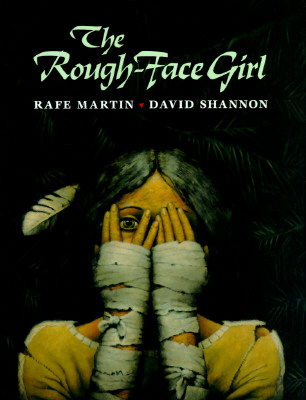
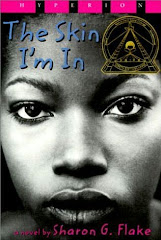


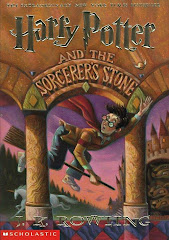
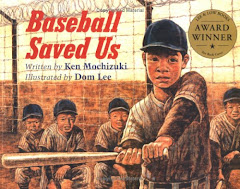
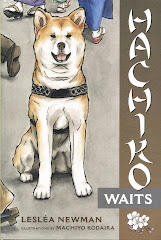



No comments:
Post a Comment